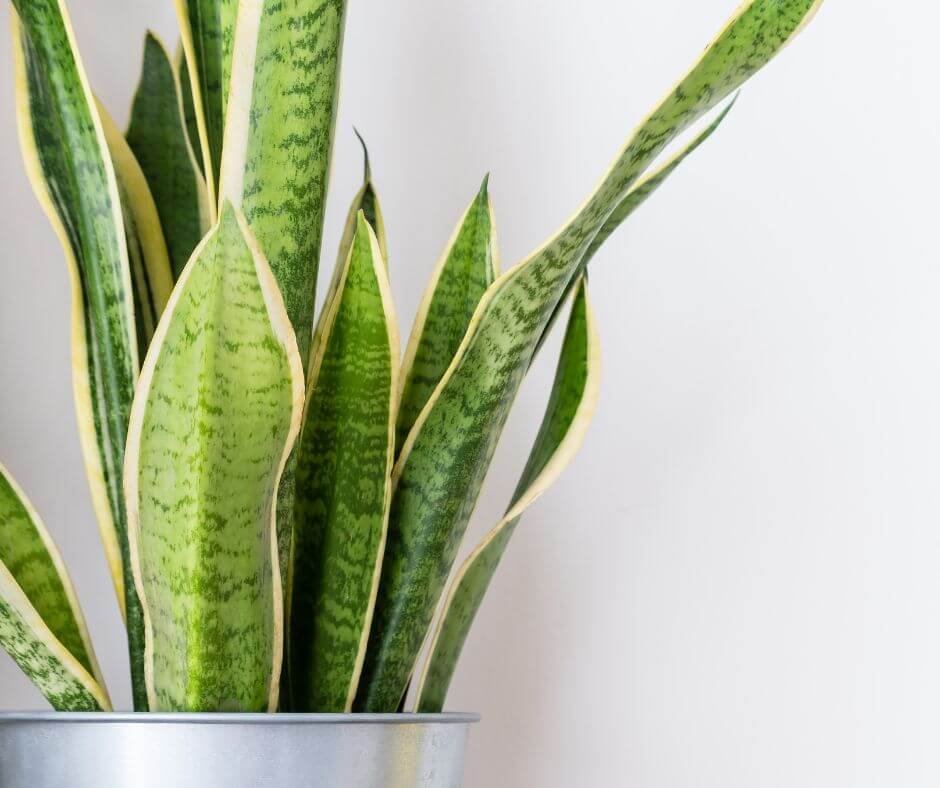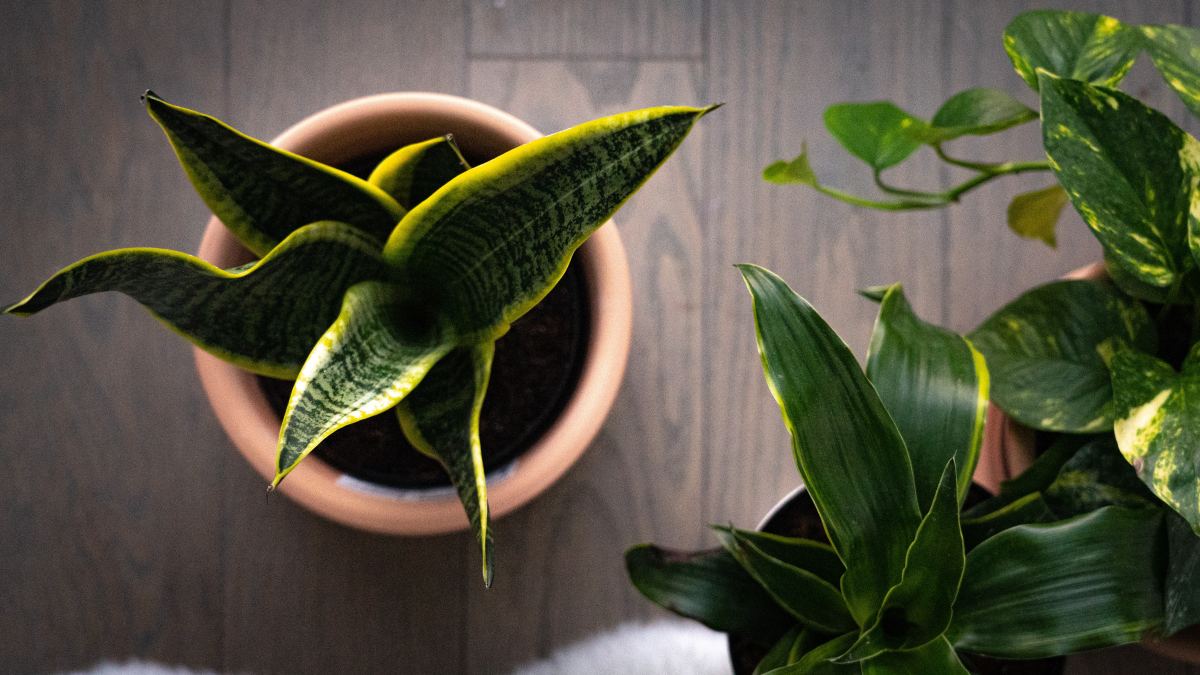Getting My Snake Plant Leaves Turning Yellow To Work
An Unbiased View of Snake Plant Leaves Turning Yellow
Table of ContentsHow Snake Plant Leaves Turning Yellow can Save You Time, Stress, and Money.The Single Strategy To Use For Snake Plant Leaves Turning YellowThe 3-Minute Rule for Snake Plant Leaves Turning YellowThe Snake Plant Leaves Turning Yellow IdeasSnake Plant Leaves Turning Yellow for Beginners
If overwatering in serpent plants is not remedied, the yellow spots of your mother-in-law's tongue plant will certainly transform dark brown or black. To dismiss any other sources of serpent plant leaf yellowing, get rid of the plant from its pot and examine the roots to see if they're soggy and have a foul odor.
Below's how to save a serpent plant that's transforming yellow: Quit watering your serpent plant until the dirt dries out up completely if the yellowing is due to overwatering. Resume watering, however not more than once per week. Generally of thumb, avoid sprinkling your snake plant up until the top two inches of the soil really feel completely dry.
This will certainly aid to improve drain prices, thinking about the high temperature level and sunlight problems during the day. Proper water drainage requires utilizing a fast-draining dirt mix and an expanding pot with drain holes at the base. It is best to use a soil mix which contains perlite and crude sand for quick drain.
Snake Plant Leaves Turning Yellow Can Be Fun For Anyone
There's a positive side as you can grow new plants by proliferating minority staying leaves that are still healthy. Snake Plant Leaves Turning Yellow. References
Likewise, parasites, condition, overfeeding, lack of some nutrients, or being rootbound are possible reasons. Allow us currently look at each of these causes. We intend to give you common indications related to each factor and what to do. Water is essential in absorbing nutrients needed for chlorophyll. Lack of water causes the disintegration of chlorophyll.

A huge one might trigger overwatering, and if it is too little, your plants will dry quickly. When watering, fill the dirt up until excess water comes from drainage holes. Put any kind of water that accumulates on the dish. Lastly, never comply with a snake plant sprinkling session. Rather, constantly really feel to guarantee the potting mix is dry at the very least half-down the pot.
The Facts About Snake Plant Leaves Turning Yellow Uncovered
Get a harsh quote on how frequently you sprinkle your serpent plant and established a pointer to stay clear of overlook. Light is necessary for the biosynthesis of chlorophyll in all flowering plants.
In warm summer seasons or during warm waves, take your plants to cooler locations. Do not place your plants near home heating system vents, radiators, fireplaces, or anything that sends out heat.
A lack will create in-between veins yellowing on young leaves. When it is lacking, plants collect nitrates however stop working to use them to make proteins.
Although snake plants have a record for being nearly impossible to eliminate, they nevertheless experience a fair share of issues. You are not the just one that has noticed that your snake plant's leaves are transforming yellow. We will analyze the factors snake plant leaves turn yellow and just how to deal with it.
Snake Plant Leaves Turning Yellow Can Be Fun For Everyone
Considering that serpent plants are the original source susceptible to root rot, they will certainly not flourish if watered excessively. This is commonly the perfect equilibrium if you let your plant completely dry out yet do not allow it stay dry. You can sprinkle your plant once again as quickly as the dirt appears completely dry to the touch.
A damp container will certainly evaluate considerably larger than a dry pot, so ultimately, you browse around these guys should be able to identify just how dry your plant is based on the mass of its container. Serpent plant leaves may come to be yellow if you allow your plant completely dry out, after that wait till the dirt is entirely dry before rewatering.
You need to think about greater than just how often you water snake plants. You also should consider what happens to the fluid when it is put in the pot. After sprinkling your plant, you should not allow the roots stick around in water for a couple of days since this can trigger root rot.
Yellowing leaves can be dealt with by providing the serpent plant the best surroundings and interest. Below are some of the reasons serpent plants transform yellow and soft.
All about Snake Plant Leaves Turning Yellow
You only need to offer enough supply and make sure right water drainage to allow the additional water to drain pipes out. Not excessive nor too little; there will be an appropriate atmosphere for fungis ailments if there is any kind of standing water. The serpent plants can be sprinkled every two to six weeks.
After positioning them in the morning sun, you will see that snake plants' growth price would raise and show up healthier. Positioning them in the outdoor morning sunshine will certainly need much more water, so when per week is adequate. If the location receives extreme sunshine and the surface area really feels completely dry, you can sprinkle them twice per week.